https://www.youtube.com/watch?v=Dv7cHLdvMIg
5 Mobile Photography Tips you should know!
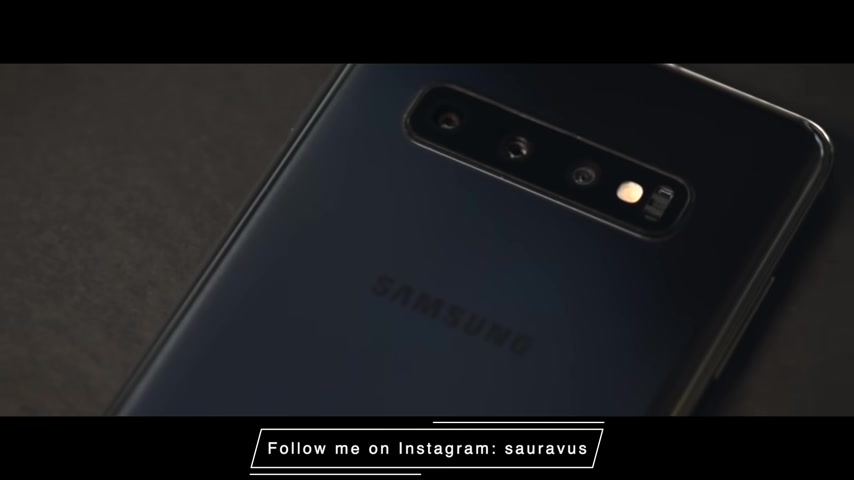
Hey guys , I'm sort of .
And in this video , I will be talking about mobile photography tips .
Now this video is going to be slightly different in this video .
I will be focusing more towards the latest smartphones because the cameras in the smartphones have changed a lot in the past couple of years .
But even if you don't have a latest smartphone , this video will help you .
I'm sure you will enjoy this video without wasting any time .
Let's get started .
The first tip is to use a good camera application .
Now , depending on the phone you are using the phone comes with a stock camera application that is in built .
Now , certain companies are very good with the stock camera application like OnePlus , Samsung apple pixel , but other cameras , even though the hardware is good , the software is not that good enough .
So using a good camera application will give you better images .
For example , you can use the lightroom application of that's an editing application , but the camera built in is really good .
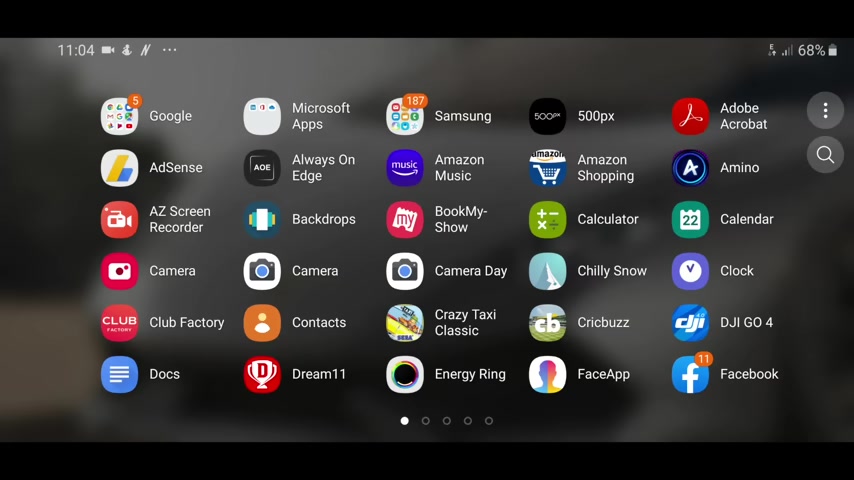
There are some advanced features as well if you want to see the video dedicated to it .
It's right here .
I have also used the G CAM application , that's actually the stock camera of the pixel devices on my S 10 plus .
And shockingly , the G CAM actually gives me better images .
The hardware is the same , the cameras lenses settings are the same , but you get better images because you're using better software which has better image processing .
The next tip is to use the other lenses .
Nowadays , smartphones come with usually two or three cameras .
If it is three , it is mainly the normal the telephoto and wide angle camera .
Now people get confused exactly when to use which kind of lens it's very simple .
If you want to capture a landscape or a wider perspective than the normal lens , use a wide angle lens .
My personal favorite is the wide angle lens .
So I use it for street photography for landscape photography and I just love it for normal photos , you can use a normal lens .
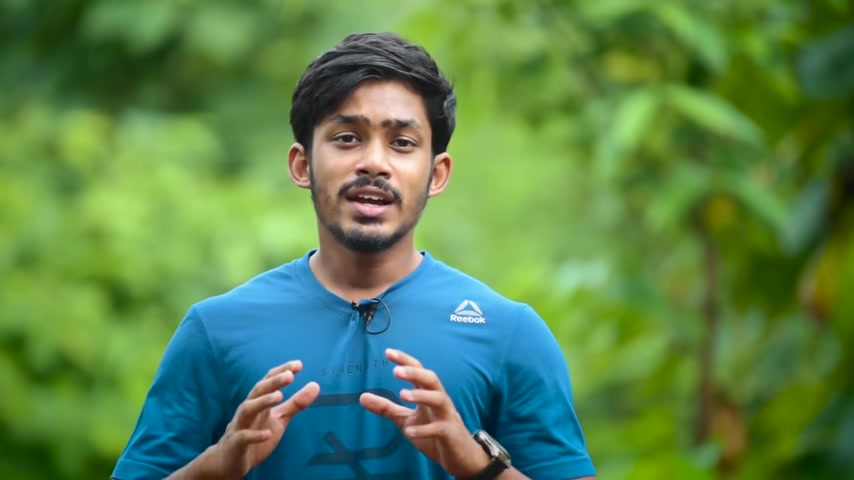
But when to use the telephoto lens .
Now the thing is when you're capturing portraits , you might have noticed there is slight distortion and that is because the normal lens is also a slightly wider focal length .
That is where the telephoto focal length comes into play .
It gives you that compression and there is less distortion and gives you a much pleasing image .
Other scenario where you can use the telephoto lens is macro photography .
So if you're very close to the subject and the lens is not able to focus what you can do is move back zoom in and then take the image .
So you're essentially getting the same image but with you in the different lens because the lens is not able to focus .
So this is how you can use different lenses to make most of your smartphone cameras .
The third tip is aspect ratio .
Now the default aspect ratio in most of the smartphones is four is to three .
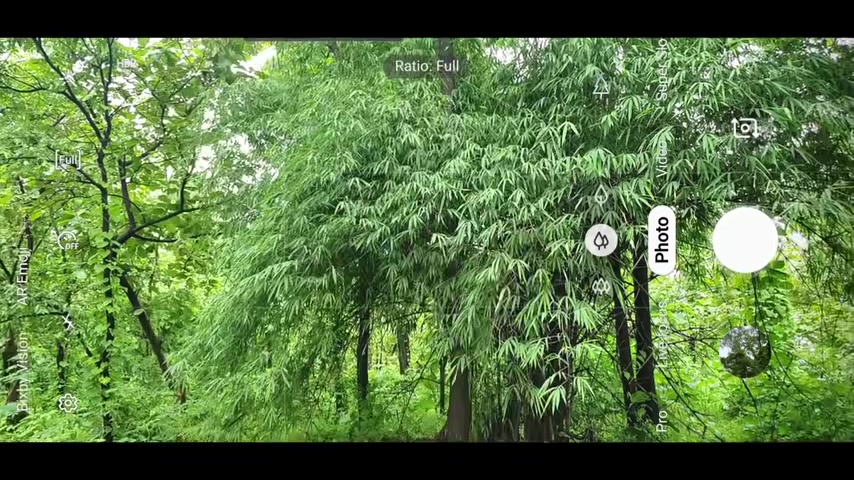
Now if you want to take images for your Instagram stories or Instagram Post , you might want to use 16 by nine or one is to one .
But the thing is don't change it in camera even if the application allows you to .
Because what you're essentially doing is you're essentially cropping and not using the full sensor .
And then when you want Torero the image , you have less flexibility because you have already lost resolution .
So when you're shooting in the original default aspect ratio , you're shooting at the highest resolution possible and you're using the whole sensor , then when you want to post it on the other websites or on the other platform , you can always rec the image .
But the advantage here is you're getting more flexibility .
So use the default aspect ratio and later you can rec crop when you're post processing , the fourth tip is using the grid lines .
Now , I've talked about grid lines before and again , I'm talking because it is very important .
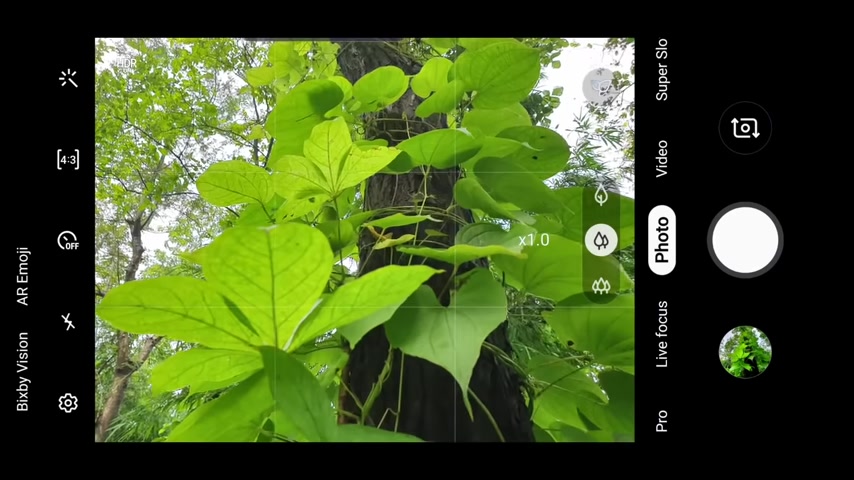
Grid lines is very important in smartphone photography because you have a bigger display than a traditional camera .
So it becomes easier to visualize your composition and it becomes even easier if you are using grid lines .
Most of the times I use a three by three grid lines because I will be focusing on rule of thirds where I want the subject to be at the intersection of the three lines or maybe I want one third of the foreground , two third of the background or vice versa .
Then I use the three by three grid lines .
The grid lines will also help you to know whether the mobile phone is straight or not .
When you're shooting symmetry images , you can also use different grid lines .
These grid lines are very helpful because it helps to visualize your composition better so that you don't have to mess up later when you're post processing .
Now talking about post processing that brings me to the last step that is post processing .
Now , post processing is not related to photography .
I agree .
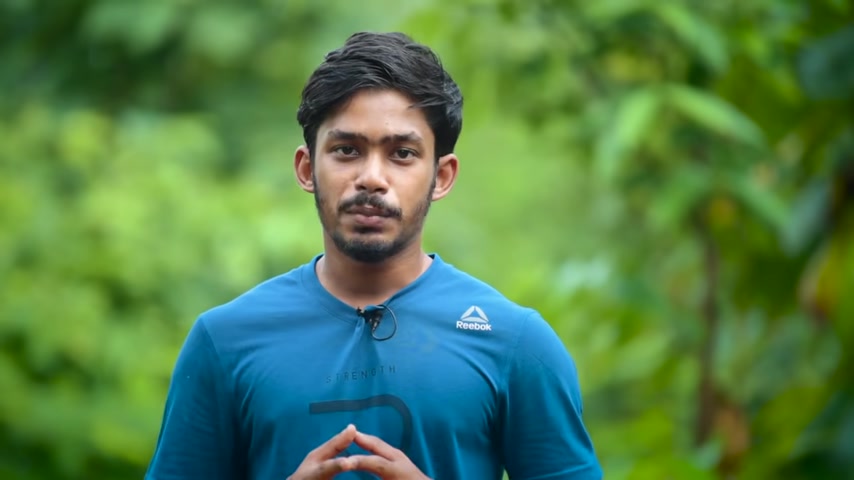
But it is very important when it comes to mobile photography , especially if you're shooting in DNG or raw format , post processing will help you to bring a lot of details , especially the colors and sharpness .
It will help you to transform your images .
Now , the question I get asked a lot of times is what application to use ?
The applications that I use is snap seed and lightroom .
Which one should you use ?
It depends on your expertise level .
And what do you need from a software ?
If you are a beginner , I would prefer to go for snap seed .
If you're an amateur and you have a bit of hands on experience , then go for lightroom .
It's a slightly more advanced software .
Let me know in the comments below if you want to see a one by one site comparison of snap seed and lightroom .
But talking about these , these are enough for editing .
If you edit the photos nicely , you will see a lot of difference in your images .
But make sure don't rely on editing , editing photos .
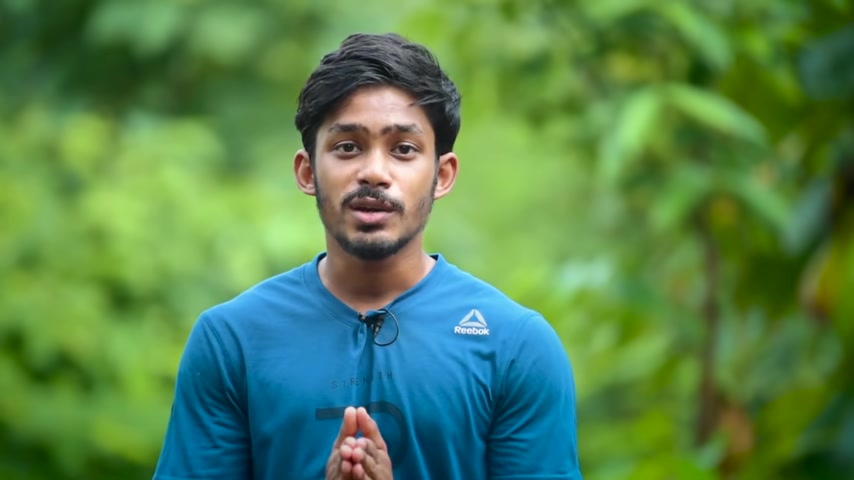
Won't give you good images , taking good photos , editing them will give you better images .
I hope this video helped you guys .
If you enjoyed this video , press the like button .
If you're new to the channel and you want more such content , subscribe to the channel , I will talk to you guys in the next one .
Bye .
Are you looking for a way to reach a wider audience and get more views on your videos?
Our innovative video to text transcribing service can help you do just that.
We provide accurate transcriptions of your videos along with visual content that will help you attract new viewers and keep them engaged. Plus, our data analytics and ad campaign tools can help you monetize your content and maximize your revenue.
Let's partner up and take your video content to the next level!
Contact us today to learn more.